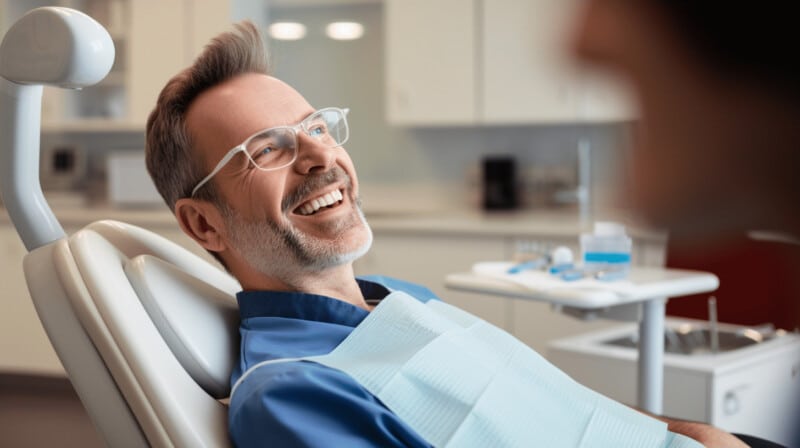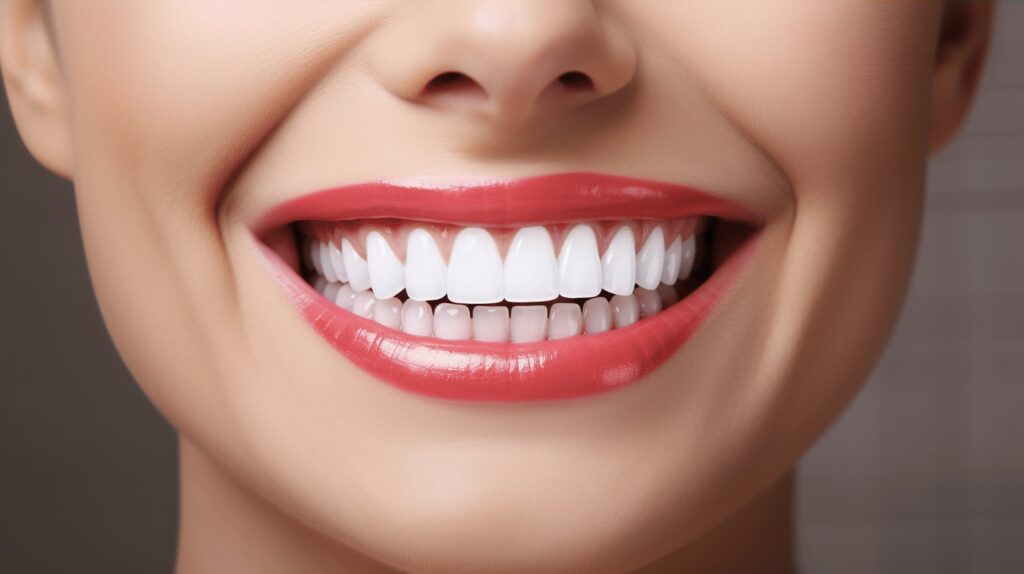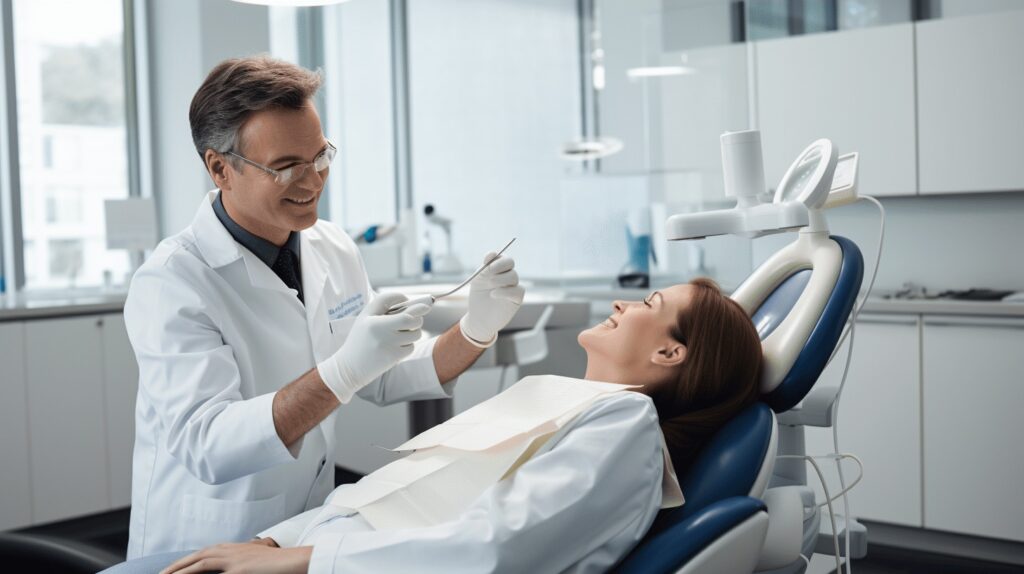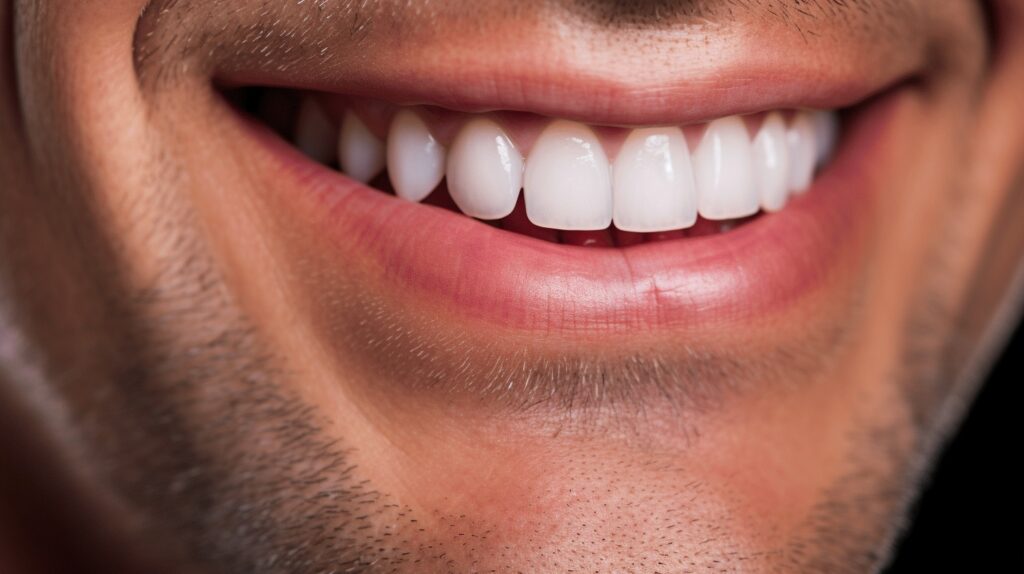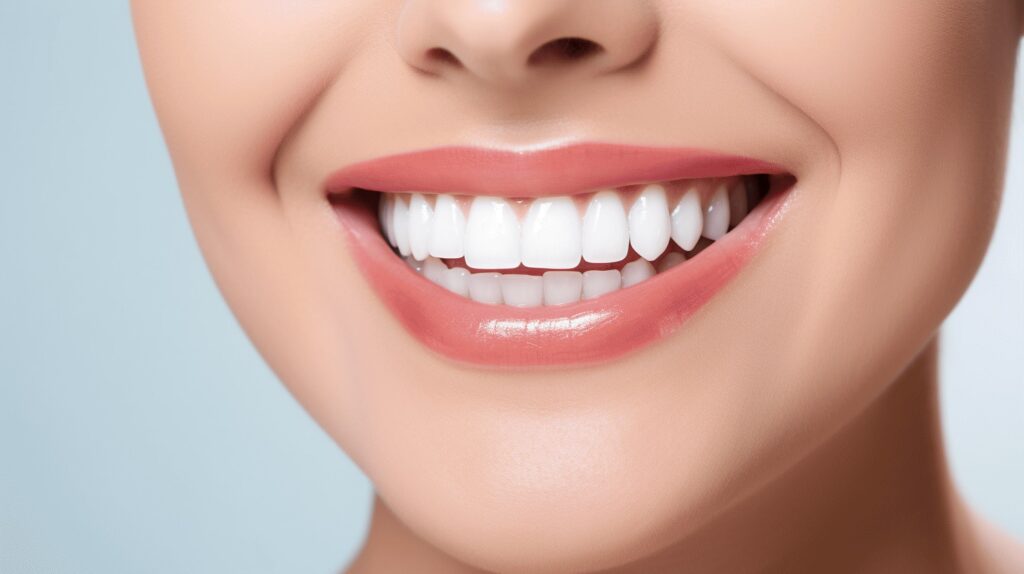Feeling your brightest smile fade into a grimace due to a toothache is something we all dread.
Oral health, unfortunately, often takes a back seat in our health routine. However, oral health is crucial to our overall wellness and has a substantial impact on our quality of life. It’s a rosy picture when our pearly whites are free from cavities, debilitating gum diseases, and the potential productivity losses these issues can lead to in our daily lives.
In this article, we aim to shed light on the critical issue of oral health, the profound impact it can have on our lives, global oral health statistics, and, last but not least, the fantastic preventive dentistry methods that are helping us combat this widespread problem. 😁 So buckle up, dear reader, as we delve into the captivating world of oral health.🦷
No matter what age group you come under, or how healthy you believe your teeth are, it’s always handy to have some insightful knowledge at your disposal. Let’s get our teeth sunk into this pressing matter!
Table of Contents
Grave Impact of Oral Diseases
The health of our mouth is an often overlooked part of our overall wellness. But, problems like tooth decay or gum diseases can have serious ramifications, affecting our confidence, daily comfort, and general health. They could even cause us to miss significant amounts of school and work, leading to broader societal impacts. In this article, we investigate the profound implications of oral diseases and their surprising prevalence in our society.
Tooth Decay
Tooth decay, commonly known as cavities, can be a real pain in the mouth. In a shocking statistic, tooth decay affects a whopping 90% of adults aged between 20-64 years! It’s not just the discomfort that’s worrying. If left untreated, cavities can lead to tooth loss, posing problems for our dietary habits and overall health. While practices like brushing and flossing are helpful, taking more preventative measures are crucial. Learn more about it in our article on Preventing Tooth Decay.
Gum Disease
Moving on to gum diseases, an alarming near 50% of adults aged between 45-64 years are affected by this oral health issue. These diseases, which include conditions like gingivitis and periodontitis, lead to inflamed and bleeding gums, gum recession, and even loss of teeth. Moreover, severe conditions like periodontitis are also linked with heart disease and stroke. It’s a real case of a small problem leading to significant complications if left untreated.
Lost School Hours Due to Dental Care
The impact of oral health issues isn’t confined just to individuals. They have broader societal ramifications too. For instance, an estimated 34 million school hours are lost annually due to unplanned dental care. This statistic reflects how oral health issues can disrupt education, leading to potential learning gaps and a considerable drain on educational resources.
Lost Productivity Due to Oral Health Issues
The economic cost of oral health issues is staggering, with a shocking $45 billion lost in US productivity each year. Dental pain and uncomfortable procedures can force employees to take time off work or reduce their efficiency, impacting the broader economy.
It’s vital to realize the grave implications of oral health issues and take personal steps towards prevention. Wider societal awareness and policy changes are also necessary to lessen the burden on the economy and the education sector. Let’s smile more with healthier teeth and gums! 😊
Oral Health Statistics
When it comes to our general wellness, oral health often flies under the radar. Surprisingly, oral diseases affect almost half the world’s population, which is a substantial number when you consider the scale. But how plugged in are we to this critical aspect of health? Let’s delve into the statistics to understand the global impact, examine dental visit metrics, investigate untreated dental cavities, and assess the availability of oral care providers.
Global Impact
Firstly, let’s take a look at the grand scale of things. Oral health diseases aren’t a small-time player. They can come at you from all directions, with issues ranging from tooth decay, gum disease, and oral cancer. 🌍 Globally, it’s shocking to find out that almost half of the world’s population are grappling with these problems. That’s right, every other person you meet might be struggling with an oral health disease.
Dental Visit Metrics
Now, are we taking action to combat these issues? Based on the data, dental visits are a common occurrence across various age groups. About 64% of people aged 18-44, 68% of those aged 45-64, and 63% of people aged 65 and older report a dental visit in the past year. 👵👴 Regardless of age, making regular trips to the dentist is a habit that many have adopted.
Untreated Dental Cavities
Despite routine dental check-ups, a significant percentage of US adults have untreated dental cavities. Dental cavities, as minor as they may seem, can lead to severe issues if left unchecked. In the US alone, 26% of adults let this silent oral destroyer wreak havoc, failing to seek treatment in timely fashion. 🦷
Oral Care Providers
When it comes to care providers, the World Health Organization estimates there are nearly 4 million oral care providers globally. This number speaks to the demand for these professionals. However, availability does not necessarily translate to accessibility. Many regions, especially underserved communities, still struggle to obtain appropriate and affordable oral healthcare services. ⚕️
The above statistics underscore the need for increased awareness and initiatives to improve oral health worldwide. The time to smile at these issues and hope they go away is long past. It’s high time we tackled oral health diseases head-on with vigorous collective efforts. After all, our well-being is not something to be taken lightly. So, take a good long look at your pearly whites in the mirror tonight- they’re worth it!
Preventive Dentistry Methods
Preventing dental problems before they happen is a whole lot better than dealing with the hassle and expense of treatment later on. But how can one achieve this? The answer lies in preventive dentistry. These methods are becoming revolutionized through the advent of various advanced techniques that aim for healthier, stronger teeth and gums.
Let’s start by exploring some advanced techniques. There have been significant strides forward in this field, including the use of antibacterial agents, caries vaccines, fluorides, sugar substitutes, and even ozone. By incorporating these approaches, it becomes easier to pre-empt any potential dental issues, making preventive dentistry techniques an essential part of any oral health routine. 👍
Nanotechnology-based techniques are also causing quite a stir in the dental world. Using minute particles to enhance the strength and durability of fillings and other procedures is an exciting field of research and development. With this kind of precision and control, future dental issues become easier to dodge – like a tiny, microscopic Matrix move! 😅
Salivary diagnostics is another intriguing method viewed as a potential game-changer in preventive dentistry. Simplistic as it sounds, it involves analyzing saliva to measure the microbial activity inside the mouth, potentially alerting us to any emerging dental problems. Think of it as your mouth’s personal early warning system. 🔊
One might wonder, what else could there possibly be? Well, artificial intelligence is leaving its mark on preventive dentistry too. With their extensive data analysis capabilities, AI systems can predict potential problems and suggest preventive treatments. It’s like having your dental guardian angel who uses algorithms instead of wings! 👼
Last but certainly not least, 3D printing is revolutionizing dentistry. Think custom dental models, surgical guides, implants – all printed to fit perfectly in your mouth. With this kind of precision, prevention certainly becomes a more achievable goal. 🖨️
Remember, an ounce of prevention is worth a pound of cure. So why not check out more about preventative dentistry techniques here – it could possibly be your first step towards a healthier and utterly captivating smile! 😃
Promising Initiatives for Oral Health Care
Healthy People 2030
Oral health is more than just a dazzling smile; it’s a cornerstone of our overall wellbeing. Can you imagine the agony of a toothache hindering your daily activities? Or even more alarmingly, poor oral health can contribute to severe health problems like heart disease. That’s why keeping our pearly whites shining bright and healthy should be everyone’s priority.
Luckily, we’re not alone in our quest for great oral health. Several notable initiatives focus on improving the nation’s oral health scene. Two programs, in particular, are making significant strides: Healthy People 2030 and the CDC’s recommendations for oral health.
The first initiative we’d like to shed some light on is Healthy People 2030. This is not your run-of-the-mill oral health campaign. Its ground-breaking approach aims to dramatically reduce instances of tooth decay, a problem that plagues many. But that’s not all – the dream doesn’t stop at less tooth decay. This initiative also strives to boost access to oral health care services.
So, what does Healthy People 2030 bring to the table?
- A strong commitment to enhancing preventive measures, targeting root causes of oral health problems.
- Collaborative work with various stakeholders, seeking to spread awareness.
- An ambitious goal: a substantial 10% reduction in individuals suffering dental issues by 2030!
“Healthy People 2030 is not a battle you fight alone. It’s a mission we move forward with together.”
CDC Recommendations
From the ambitious goals of Healthy People 2030, let’s move on to the concrete guidelines given by the Centers for Disease Control and Prevention (CDC). Their strategy focuses on crisis management, advocating that patients in immediate need receive priority.
Here are the key points of the CDC’s recommendations:
- Rapid response is key: Patients in immediate need of dental care should make their way to the front of the queue.
- A holistic approach: Addressing systemic issues that impact oral health.
- Promotion of preventive strategies: Educating the public about proper dental hygiene.
As the CDC puts it brilliantly, “Dental health is not only about reacting. It’s about preventing.”
In the race for better oral health, these initiatives are pillars of hope. They approach the problem with an open mind and a determined resolve, ensuring that we all can flash our best smile.
Book your free consultation with us online or call (323) DENTIST (323-336-8478) today.
Conclusion
Bringing the state of oral health into sharper focus, this write-up has attempted to broaden our understanding of how profound an influence oral diseases can have on our overall wellness, from school performance due to tooth decay, to less tangible but no less impactful damages like lost productivity. But, as grim as these statistics may be, they’re by no means a condemnation. With advancements in dental practices and technologies, such as salivary diagnostics, artificial intelligence and 3D printing, the role of preventive dentistry has never been more paramount.
In tandem with the initiation of programs like ‘Healthy People 2030’ and the recommendations made by the CDC, a plethora of resources are being marshaled to better tackle oral health problems. Notwithstanding, every individual has a personal role to play to ensure better dental health outcomes. And there’s no better place to embark on this journey than at Wilshire Smile Studio.
At Wilshire Smile Studio, we bring to bear a mixture of unparalleled expertise and state-of-the-art technology to deliver on our promise of providing exceptional dental care. Individualized attention undergirds every aspect of our dentistry practices, whether you’re in for a routine cleaning, teeth whitening, or needing emergency dental care.
In the end, the journey towards better oral health is a preventative one, and with us by your side, every step of the way will be a stride towards achieving that ultimate perfect smile. Remember, a healthy smile is a beautiful one, and we’re here to help you achieve just that!
Frequently Asked Questions
1. What is preventative dentistry?
Preventative dentistry involves the practice of caring for your teeth and gums to prevent oral health issues such as cavities, gum disease, and tooth loss.
2. What are the key methods of preventative dentistry?
The key methods of preventative dentistry include regular dental check-ups, daily brushing and flossing, maintaining a healthy diet, avoiding tobacco and excessive alcohol consumption, and wearing a mouthguard during physical activities.
3. How often should I visit the dentist for a check-up?
It is generally recommended to visit the dentist for a check-up every six months. However, your dentist may adjust the frequency based on your oral health needs and history.
4. Why is daily brushing and flossing important?
Daily brushing and flossing help remove plaque and bacteria from your teeth and gums, preventing tooth decay, gum disease, and bad breath. Proper oral hygiene is essential for maintaining good oral health.
5. How does diet affect oral health?
A healthy diet plays a crucial role in maintaining good oral health. Avoiding sugary, acidic foods and beverages can help prevent tooth decay and dental erosion. Eating a balanced diet rich in fruits, vegetables, and calcium is beneficial for your teeth and gums.


